Cut Back Amaryllis Flowers As Soon As They Fade, But Keep The Leaves Until Autumn
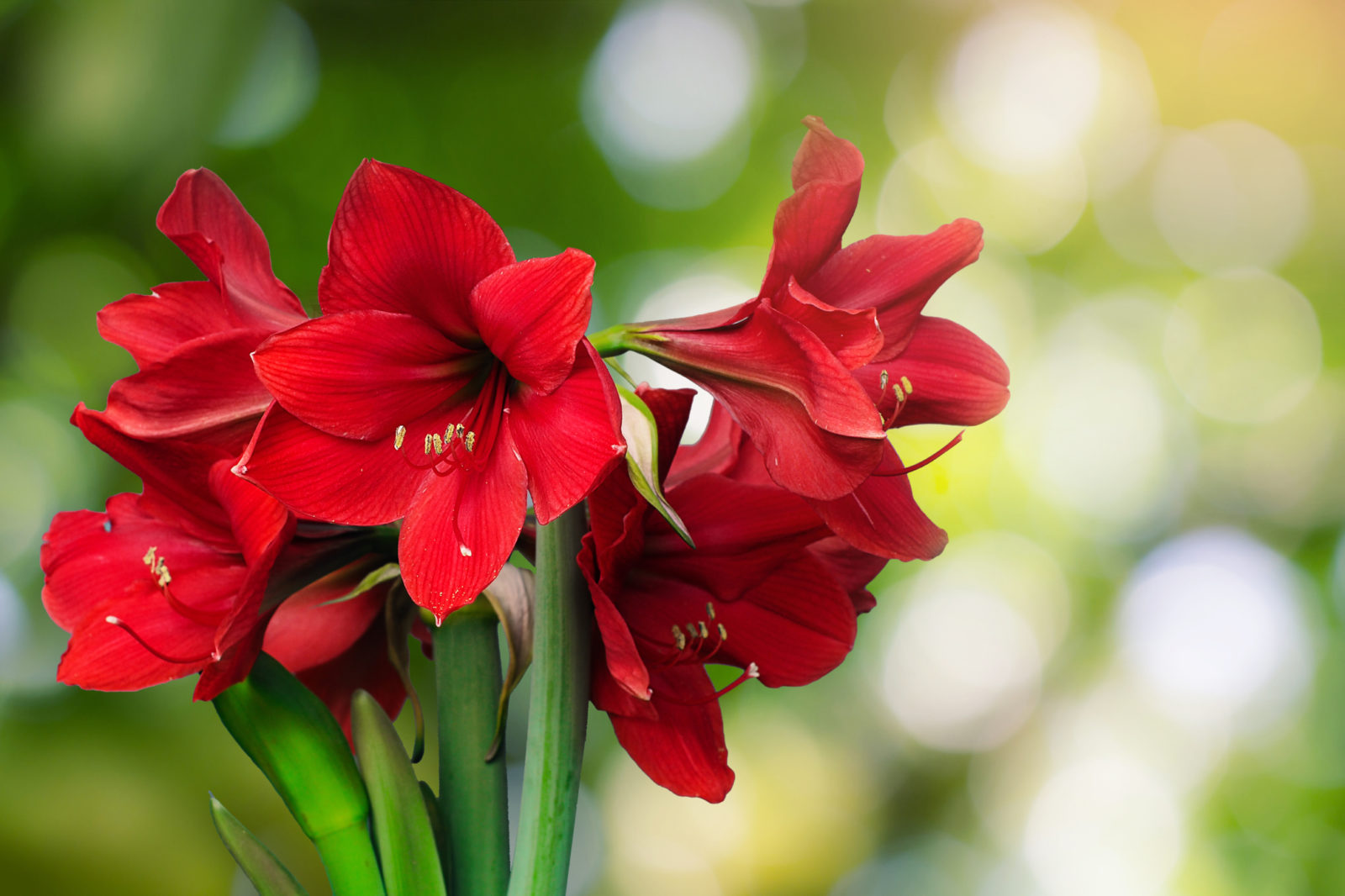
HOUSEPLANTS > AMARYLLIS > PRUNING

Elizabeth is a Permaculture Garden Designer, Sustainability Consultant and Professional Writer, working as an advocate for positive change. She graduated from the University of St. Andrews with an MA in English and Philosophy and obtained a Diploma in Applied Permaculture Design from the Permaculture Association.
Reviewed By COLIN SKELLY

Colin is a Horticulturist and Horticultural Consultant with experience in a range of practical and managerial roles across heritage, commercial and public horticulture. He holds the Royal Horticultural Society’s Master of Horticulture award and has a particular interest in horticultural ecology and naturalistic planting for habitat and climate resilience.
IN THIS GUIDE
AMARYLLIS GUIDES
Container Growing
Growing From Seed
Indoors Growing
Planting
Propagation
Pruning
Re-Blooming
Repotting
Amaryllis is treated by some as a seasonal home decoration, with many plants purchased in the run-up to Christmas and then discarded when the blooming period is over.
However, these tropical plants are actually perennial, and when you provide them with the right conditions and care, you can enjoy their blooms in winter or early spring over many years.
Cutting back amaryllis is a simple process and not much work is involved.
However, making sure that you do this job in a timely fashion will help ensure that you can keep your plant going and blooming well over a number of years.
Keep reading to discover all the basic things you need to know about pruning amaryllis.
When To Cut Back Amaryllis
Cut back the flowers on your amaryllis as soon as they begin to fade.
In other words, cut through the flowering stems near the base once the flowers begin to wilt and turn brown.
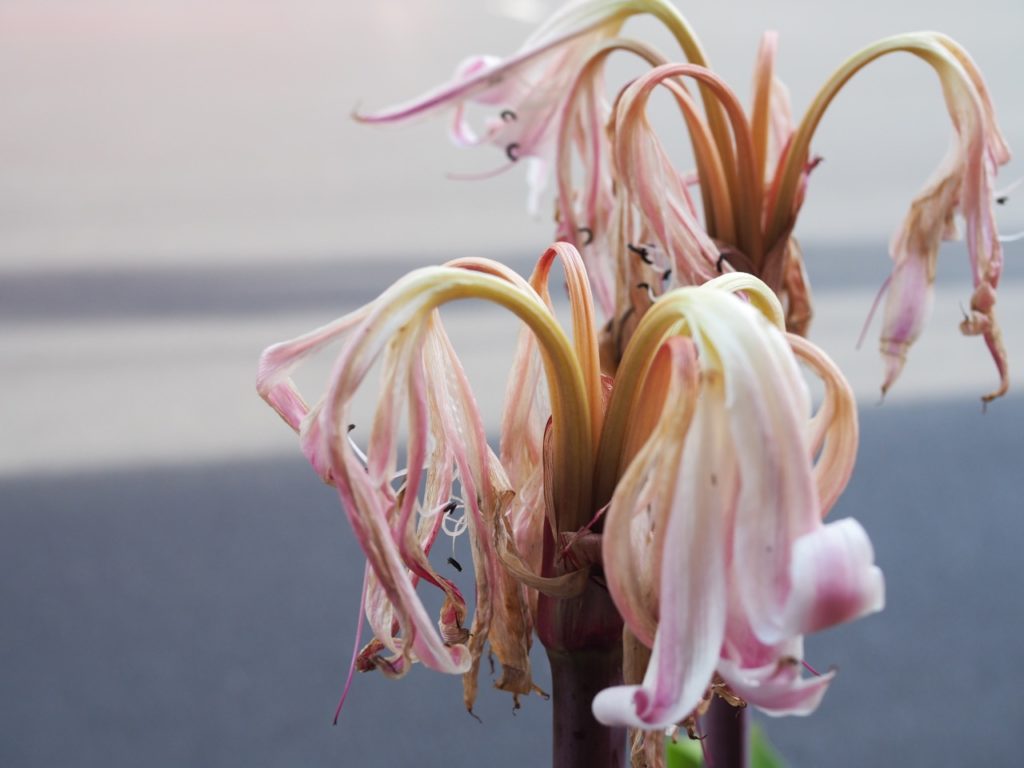
Make sure that you only cut the flowering stems and not any leaves, as the leaves are still very much required over the summer months.
Why Cut Back Flowers?
Cutting back the flowering stems after the blooms are done prevents the plant from putting any energy into producing seeds.
For the plant to rebloom successfully the following year, you want it to put all its energy into producing foliage that is healthy and strong, able to photosynthesise and store energy that will remain in the bulb to produce new growth and flowers after the dormant period.
When To Cut Back Foliage
It is very important to leave the foliage on your amaryllis plant in place after the flowering period is over, so that it can harness the energy of the sun.
It is essential for reblooming to make sure that the plant gets as much sunlight as possible.
“Plants essentially eat sunlight, using the process of photosynthesis to create energy,” explains Colin Skelly, a Master Horticulturist.
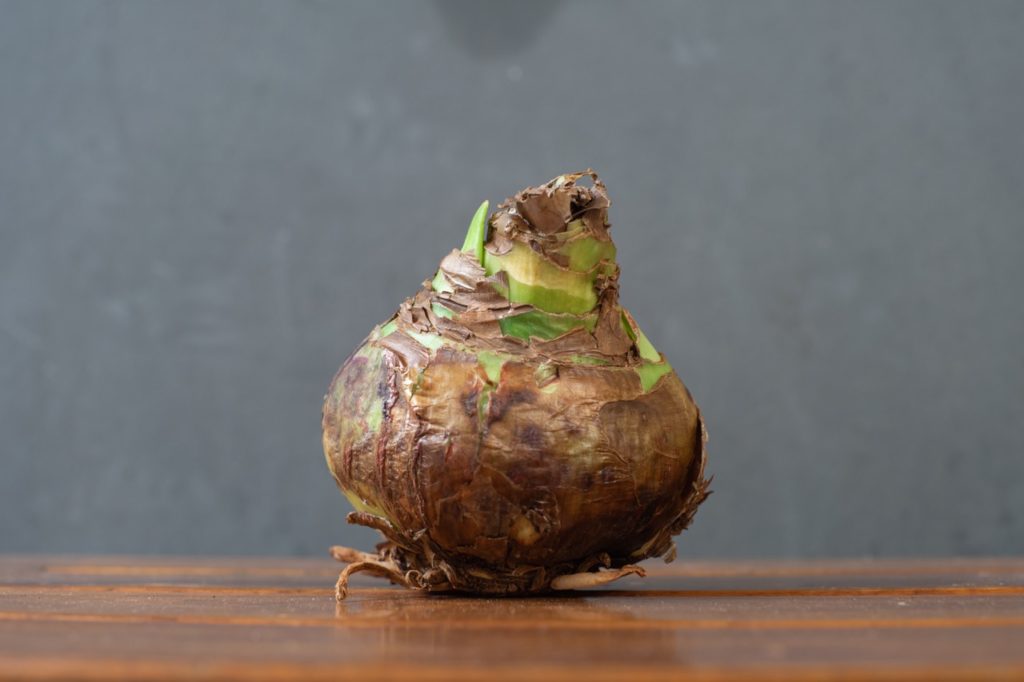
“Bulbs have evolved to store this energy for later use and, for Amaryllis, this energy is used to begin growth and flower after a dry season.
“The energy used for the impressive flowers of Amaryllis has been stored during the previous growing season.
“So, make sure your bulb has plenty of sunlight but also regular water and sufficient nutrients to enable the plant to use the energy created by photosynthesis.”
Keep it in as bright a spot as possible indoors until after the last frost date in your area and then place it in a bright greenhouse or outdoors in a sheltered and sunny spot.
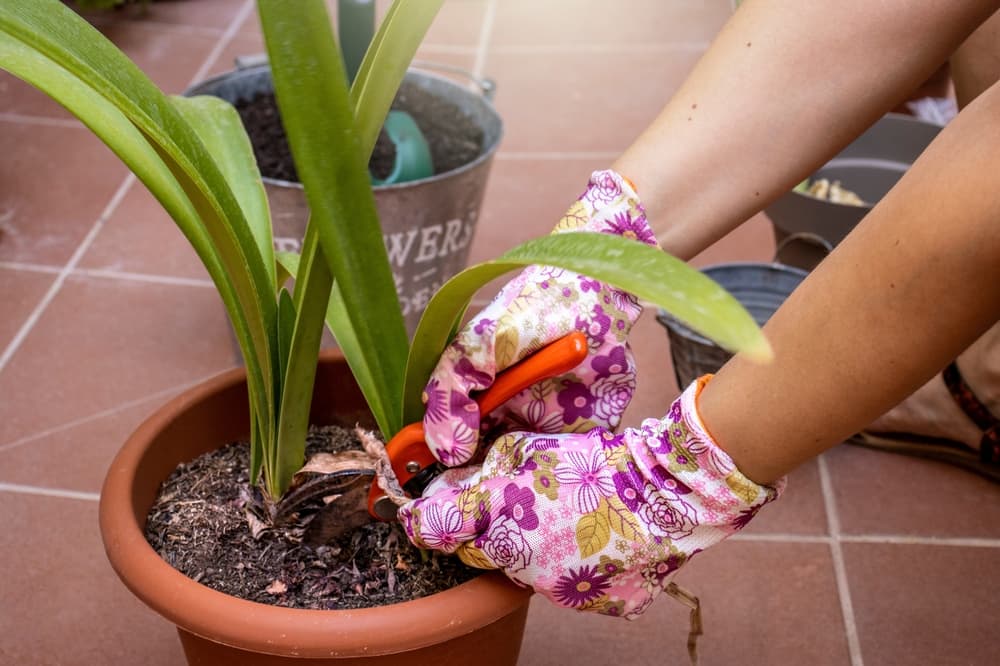
However, towards the end of the summer or early autumn, you need to think about encouraging the plant to enter a period of dormancy.
At this time, you should stop watering and allow the foliage to die back.
Once the foliage has begun to die back naturally, you can cut it all off at the base.
Then, the bulb can enter a dormant phase in a cool and dark location indoors.
Why Cut Back Foliage?
Removing the foliage from the plant entirely is a good idea for the period of dormancy because it mimics the conditions found in the plant’s native habitat when it enters the dry season and ceases active growth.
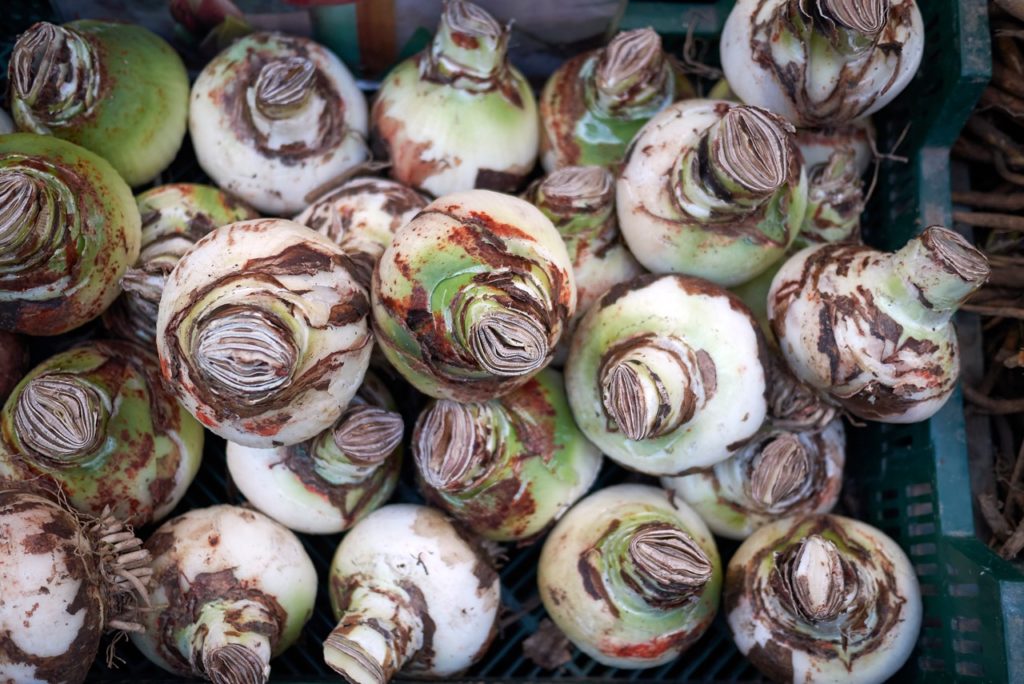
Removing dead and dying leaves won’t affect the plant, since the energy gathered by the leaves will be stored in the bulb, and removing these dead and dying leaves will prevent any rotting issues that might otherwise arise.
Cut back the flowers and foliage according to these instructions, as this is part of the care process that will enable the plant to rebloom annually over many years.
